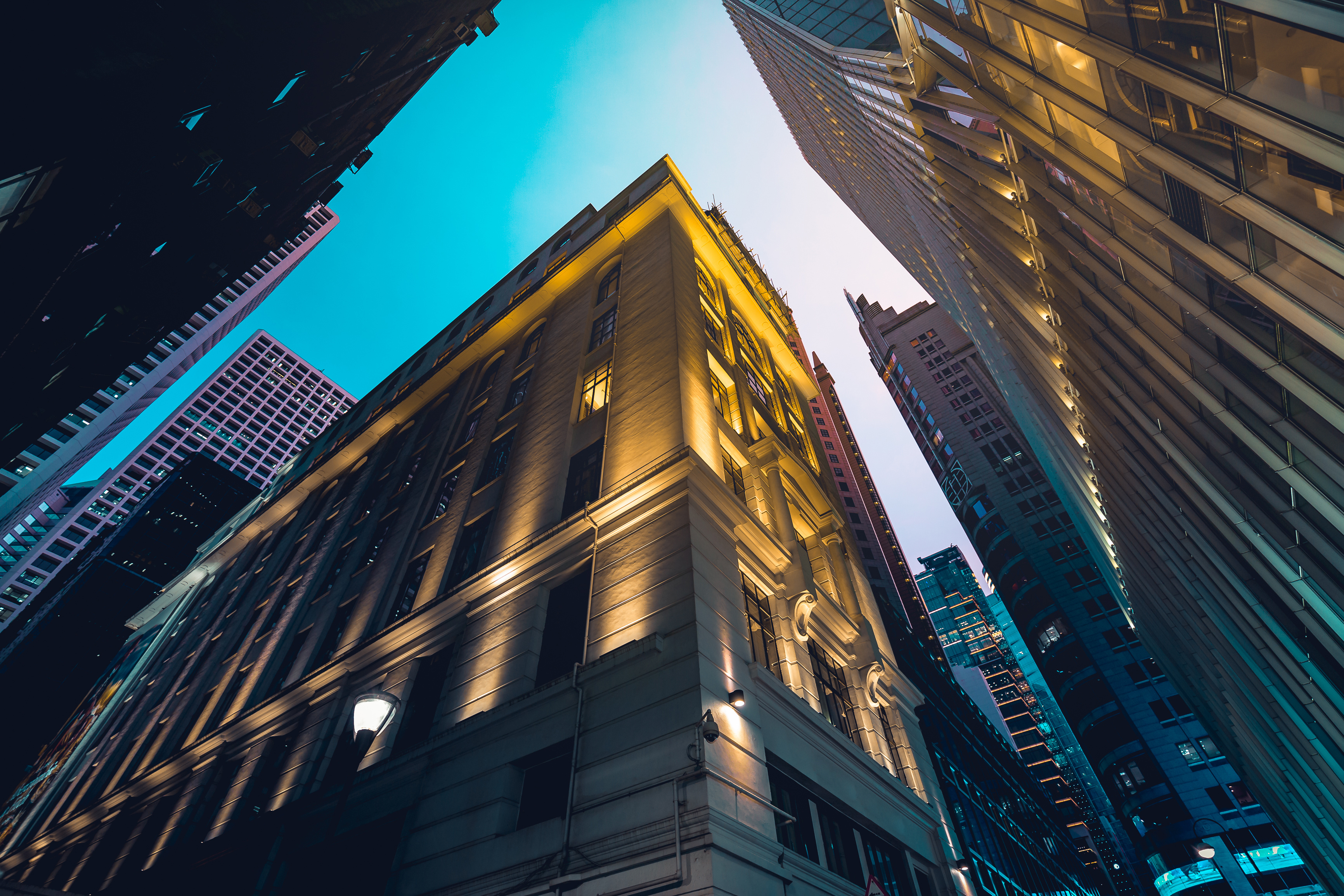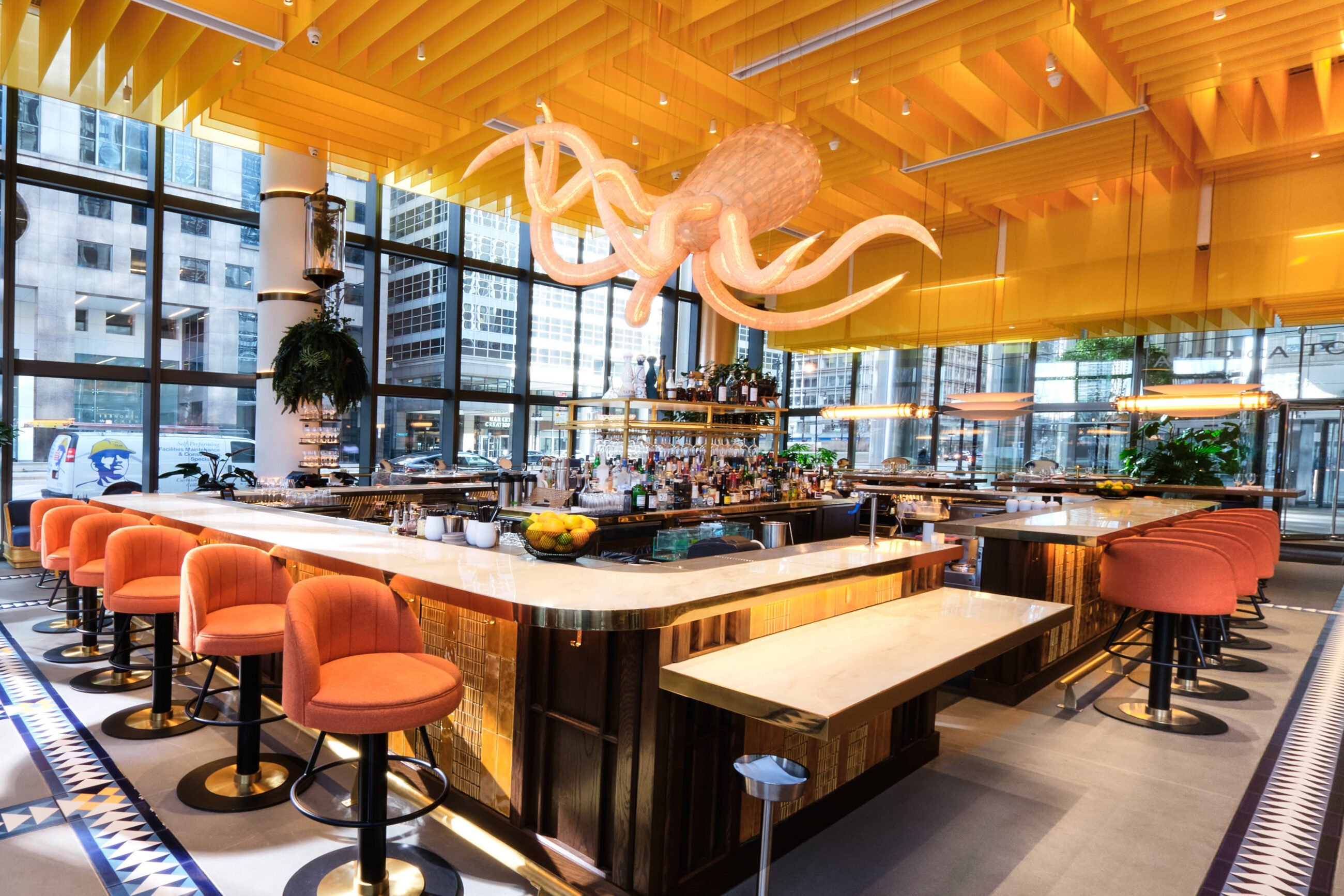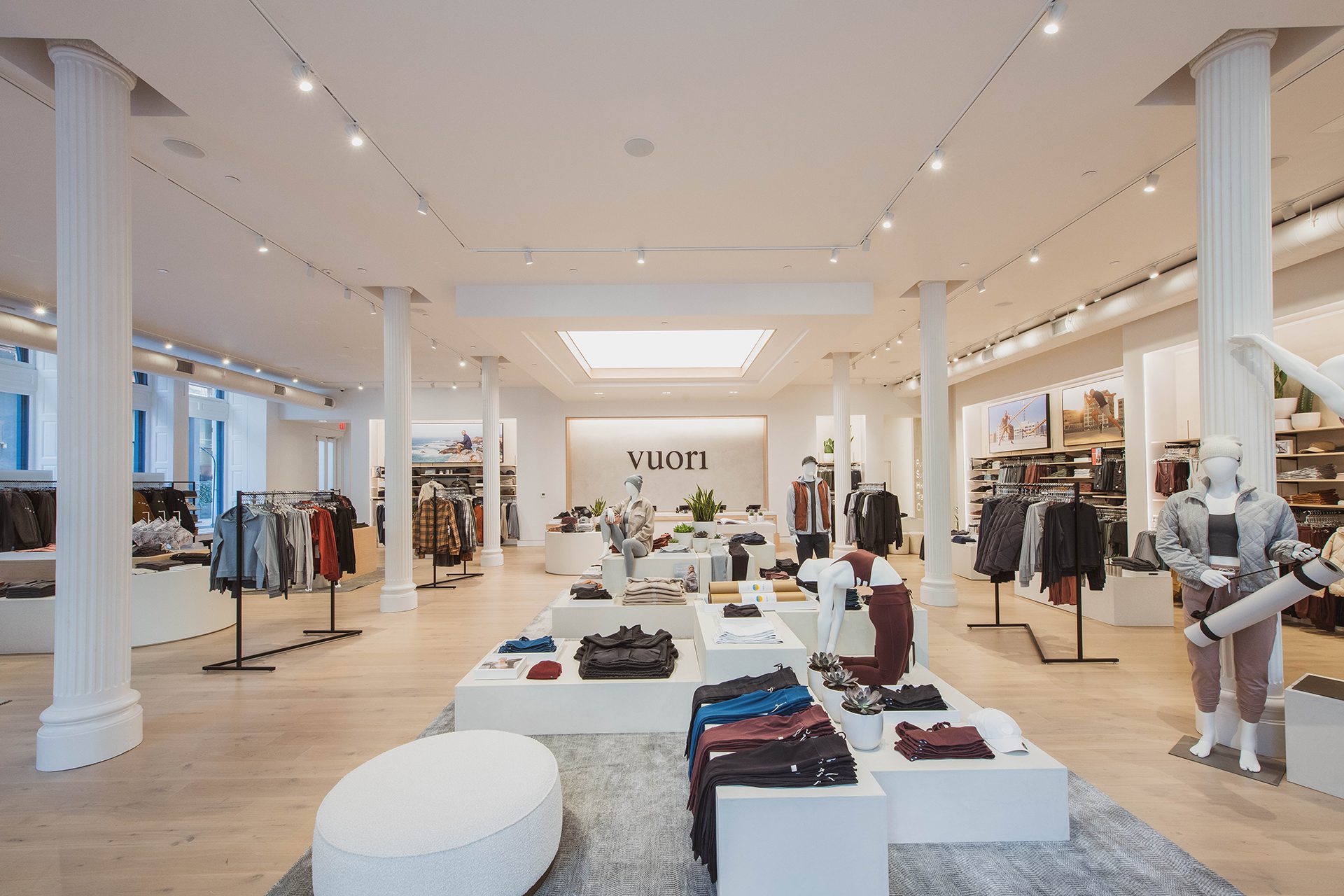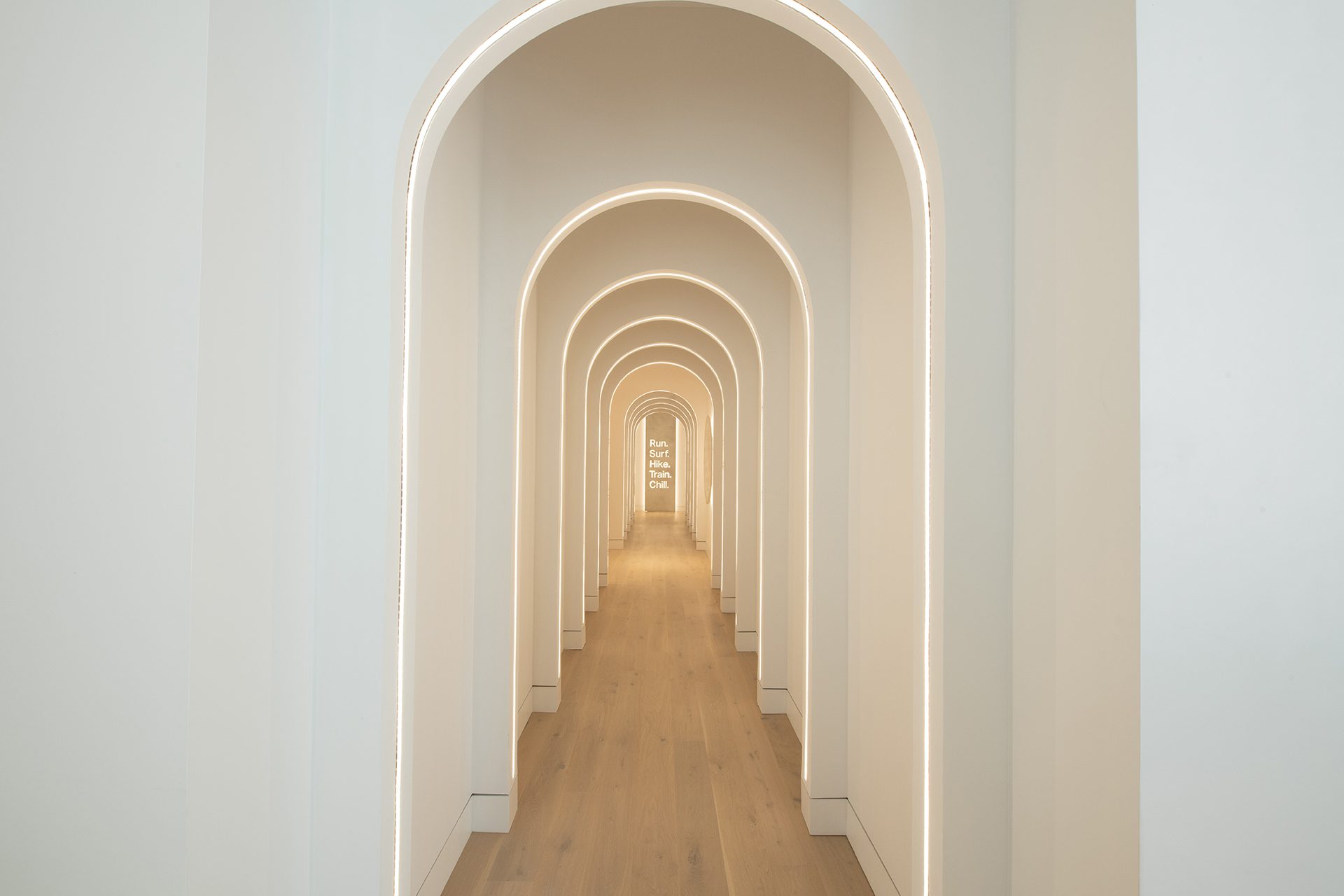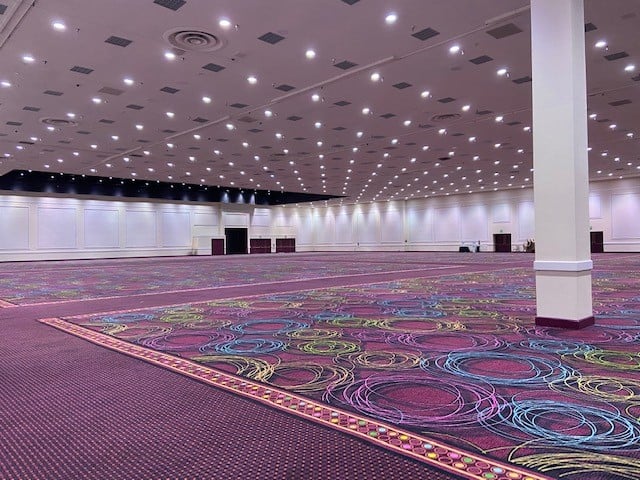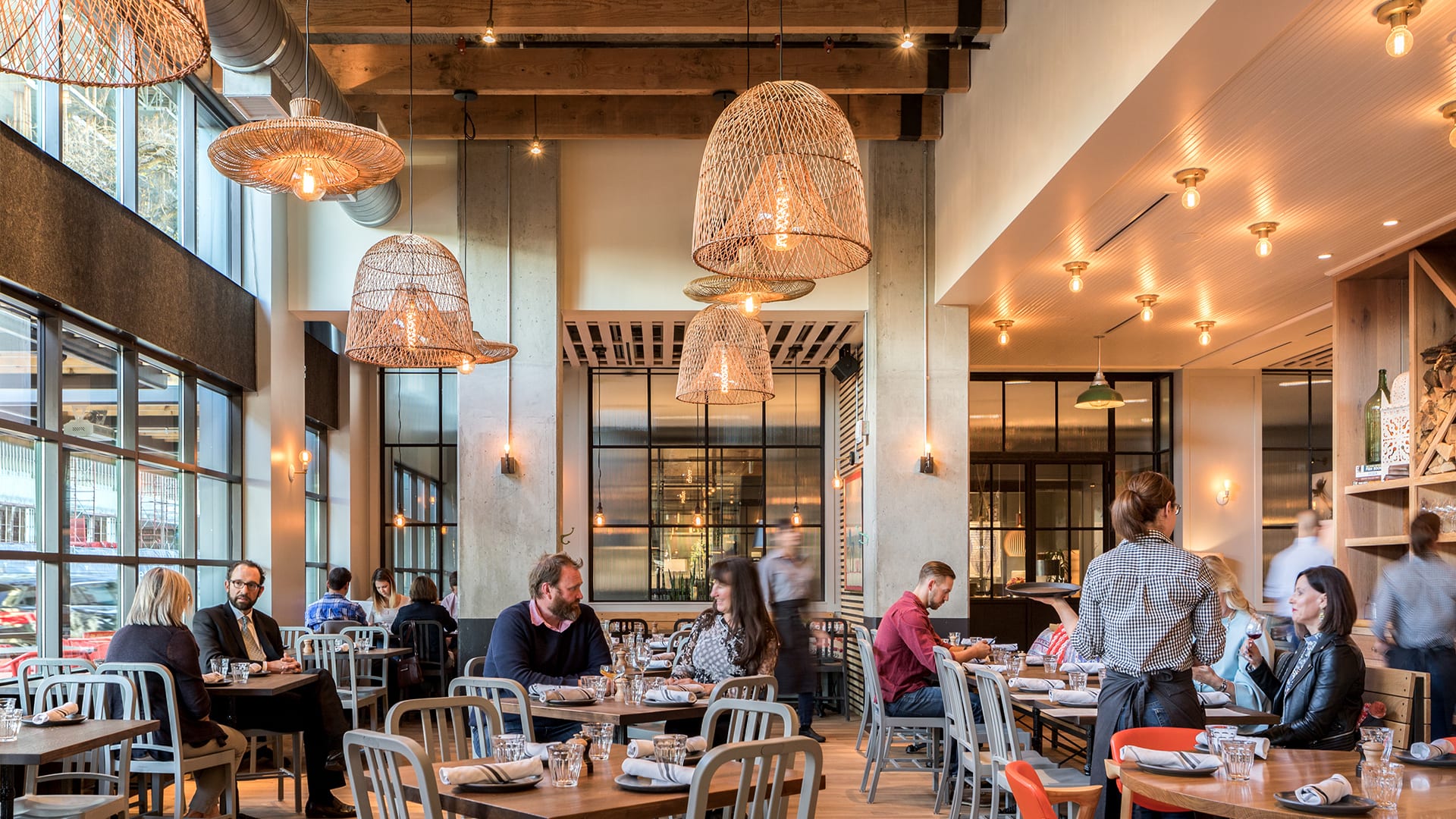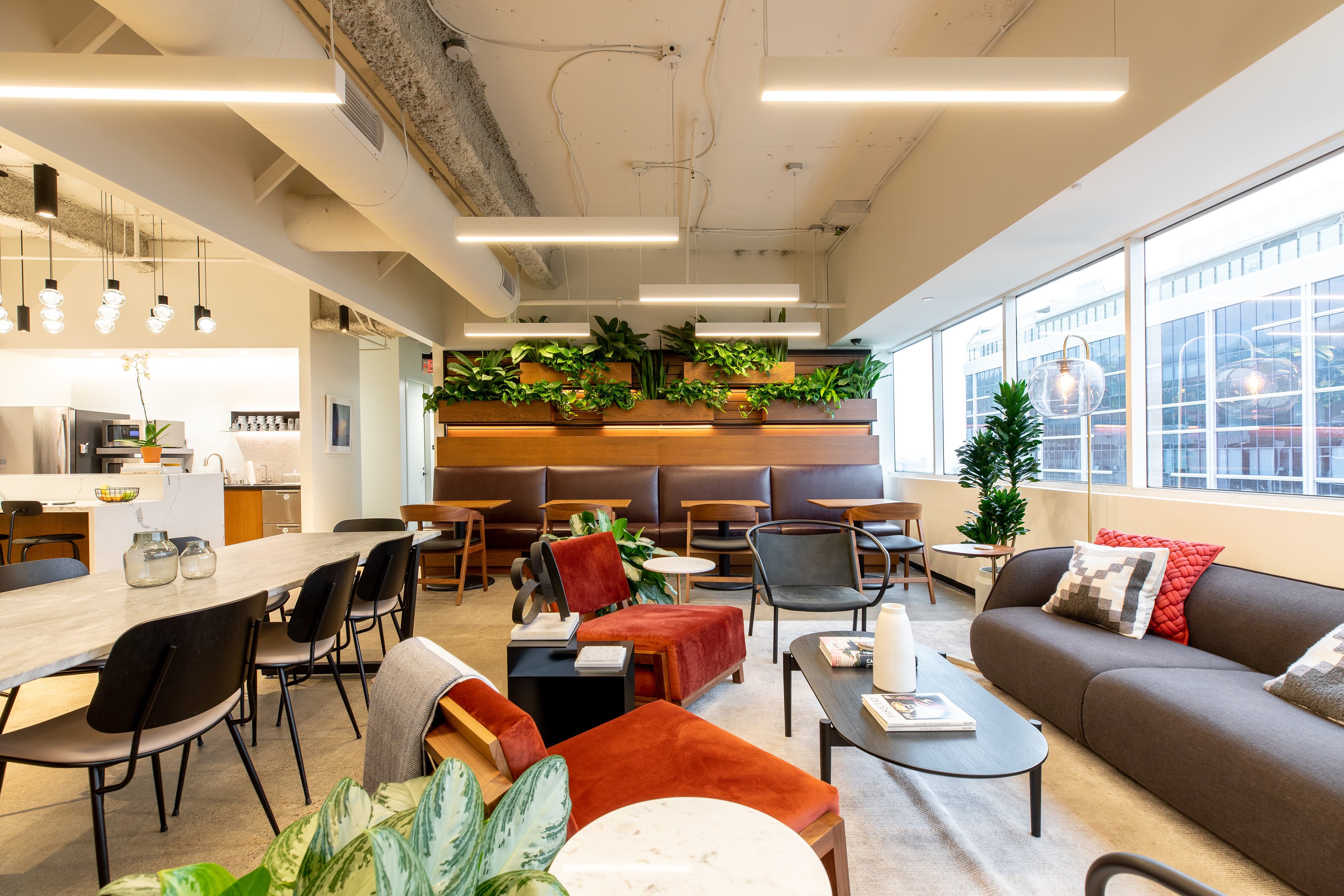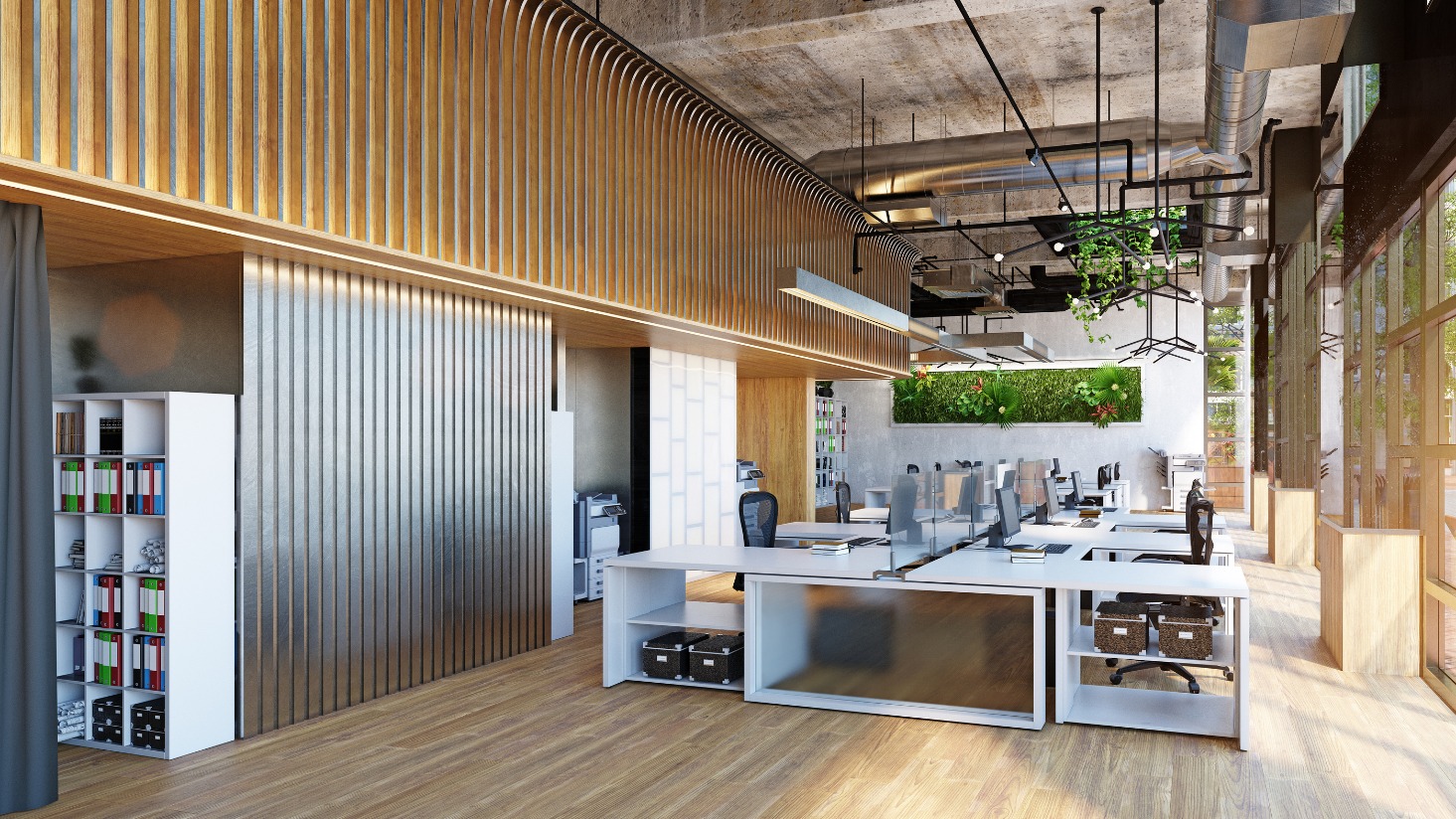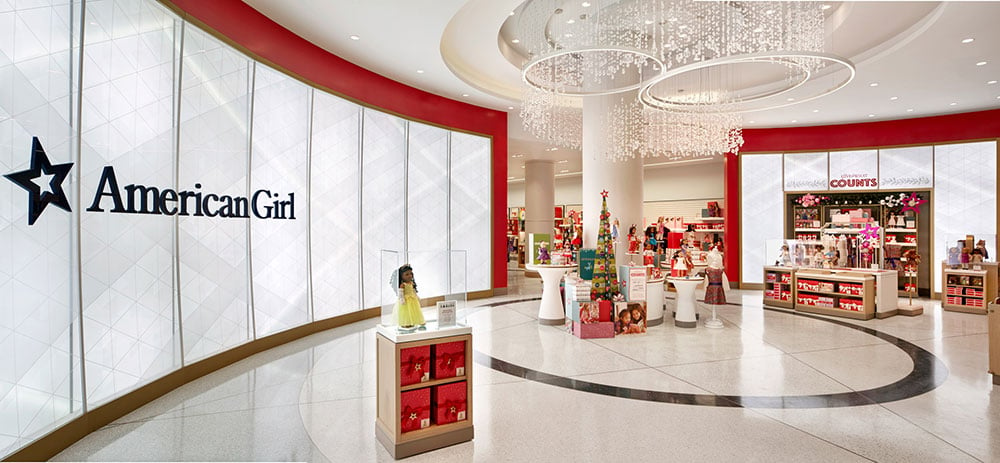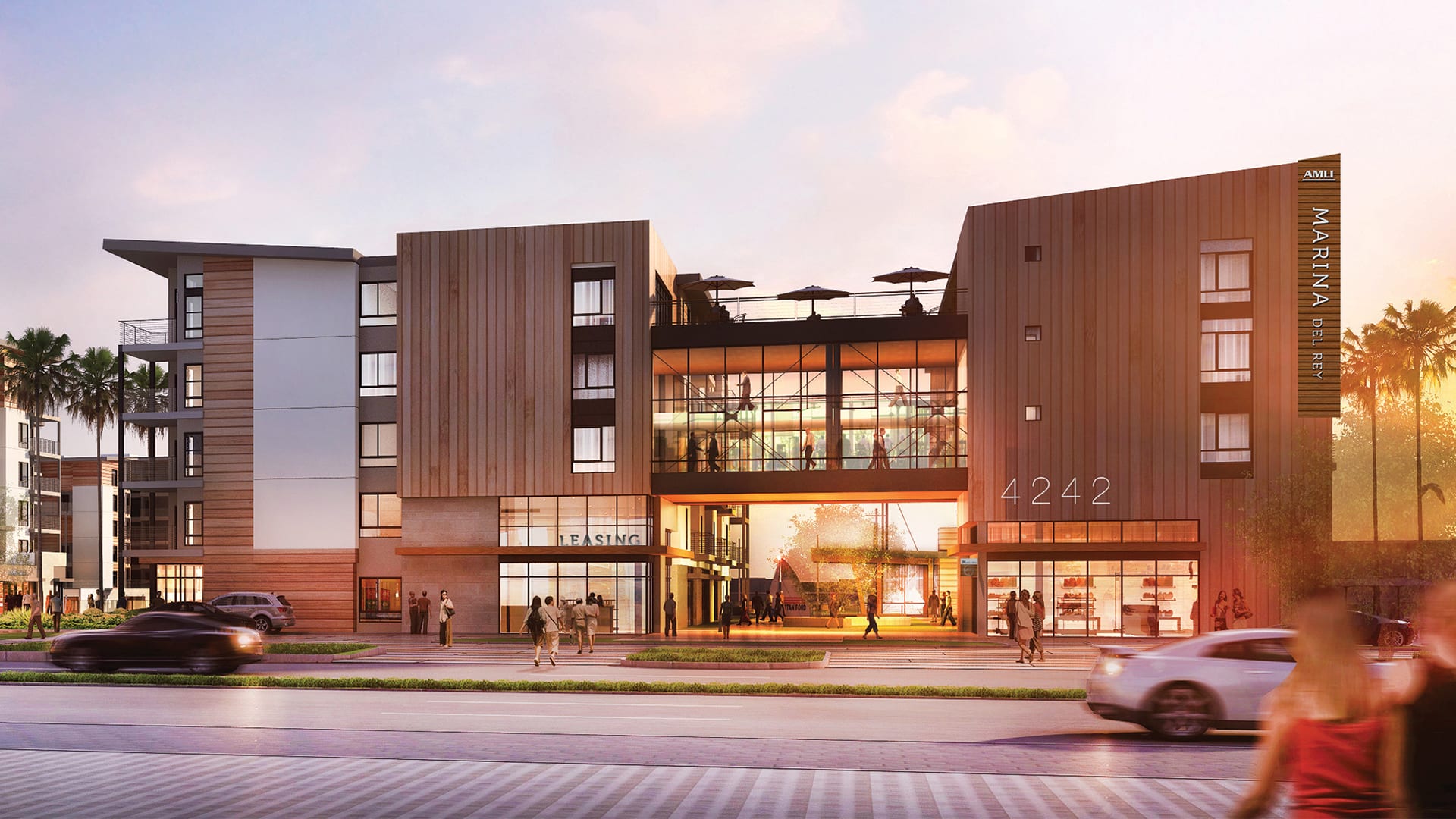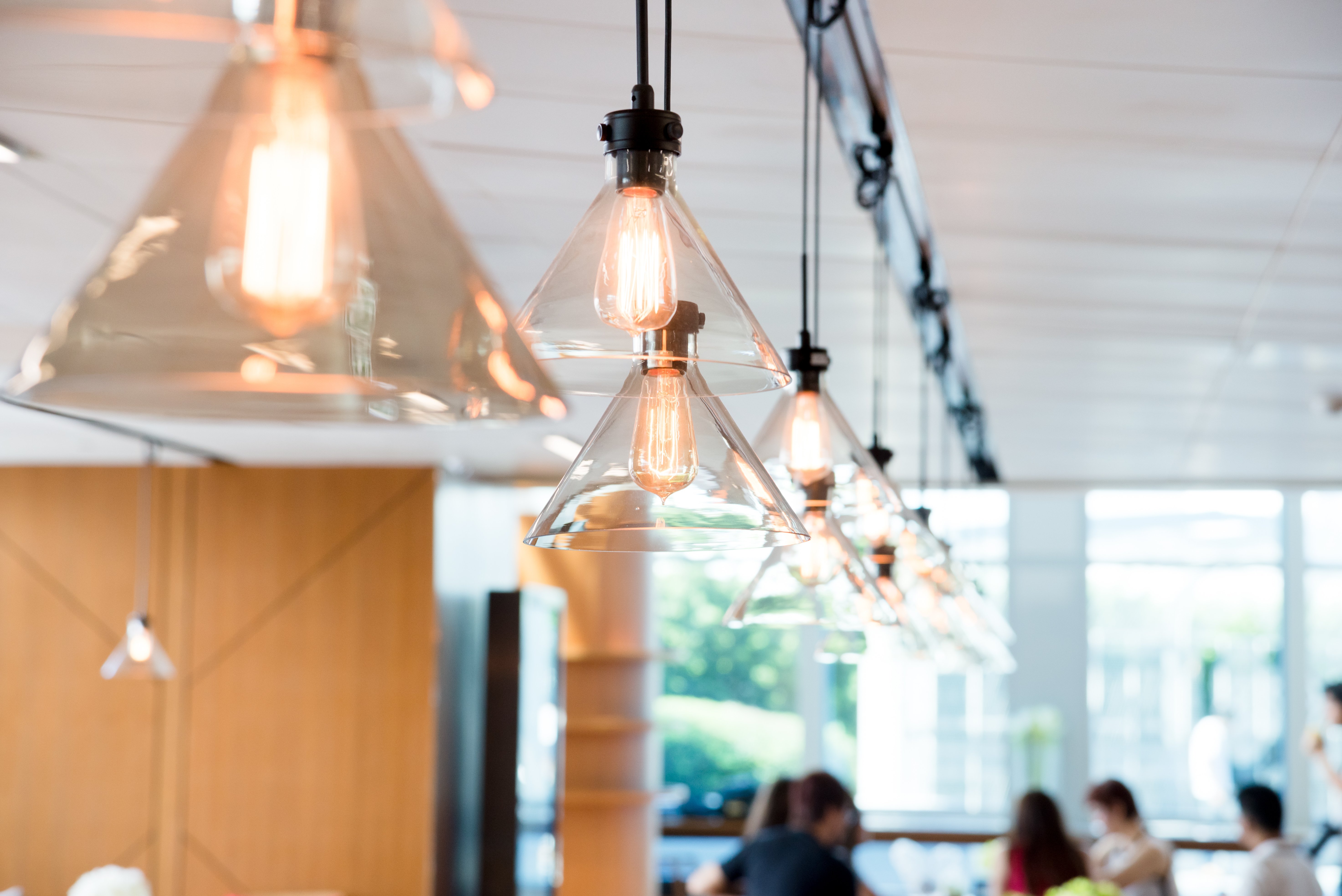Why value engineering can detract from lighting aesthetics (and what to do about it)
When it comes to new construction and remodel projects, the goal is a space that beautifully functions for the client, balancing efficiency, design, and your architectural style. At the same time, there are many phases between submittal review with your plans and the client getting occupancy on the complete project. With each phase, there's the risk that the practical logistics will throw a wrench in the schedule or in your design.
This isn't new information, but based on our experience, lighting can be a major factor to projects that shine (sorry about the pun) and those that seem to lose their luster with challenge after challenge.
So why is lighting a challenge, and how can we make lighting go more smoothly?
Why value engineering puts aesthetics at risk
We've covered a couple of challenges — particularly lead times and price — that tend to put a client down the value engineering path. But when it comes to aesthetics, you're often thinking about high-impact or high-quality fixtures that communicate the brand of a space and the goals of a client.
Often these high-end fixtures carry a longer lead time, especially if they're custom made or come from an international manufacturer.
Our focus here is on the design and aesthetics that you've worked so hard to put into your project. There are a couple of key areas where a value-engineered specification can put your hard work at risk.
- First, let's consider who is doing the value engineering. If a project has gone out to bid and contractors are value-engineering a specification, this could be a significant risk. The primary reason is that lighting specifications are complex and the electrical contractor is unlikely to have the expertise to value engineer with lighting best practices in mind. Ultimately, their goal is a low cost "similar" product, but who is deciding what is comparable?
- Another key risk with value engineering relates to the manufacturer and product quality. The quality of components and build quality matters for a feature lighting fixture. There are a few manufacturers who produce lower-cost custom fixtures with a high build quality, but this takes experience over the long haul to know which companies deliver this consistently.
In the end, value engineering can result in improper light levels, long term maintenance problems, and compromises in the brand integrity in a space. (In addition to extra work on a project that you probably don't have time for.)
Three steps to avoiding value engineering a lighting package
Here are a few recommendations for avoiding value engineering and helping a client understand the key contributors with the aesthetics on a project:
- Consistent, clear communication
Communication seems like an obvious on any project. The more you can reinforce the aesthetics, design criteria, and timelines for a client, the the more you reduce the risk of surprises that lead to value engineering. On regular project check ins, don't hesitate to reiterate or clarify the most important design areas. - Review specific high-impact fixtures
If you're working on a project that has a critical area like a primary lobby, exterior features, etc., these are likely areas to benefit from very intentional lighting specifications. If you're bringing in a custom designed fixture, don't hesitate to explain your vision for the fixture tying into the overall experience and brand of the space. Likewise, if you have specific low-glare downlights or specific facade lighting that compliments your design goals, make sure the client sees the importance of these elements. If the client understands the intentional choices of key lighting decisions, they'll be more likely to find a way to make those work, preserving the aesthetics in the space. - Use a lighting designer
Not every project warrants a lighting designer, but if you're working on a project where aesthetics are key, a lighting designer can make your life easier — even if it's only for specific areas of the property. The ideal scenario is letting the lighting designer have a sense for the customer's goals for the space, budget, timelines, and your ideas for high-impact areas. From there, a lighting designer can balance these requirements and deliver a specification with a low risk of value engineering.
Our studio is connected with a lighting distributor, so we are able to provide firm pricing and consistent lead times early in the process. This puts the client's mind at ease and tends to lead to smoother projects where the design intent is preserved all the way through to the end.
If you're ready to take control of your lighting aesthetics instead of leaving them to chance, schedule a free consultation with our team of lighting design experts. We are ready to make your vision become a reality.



